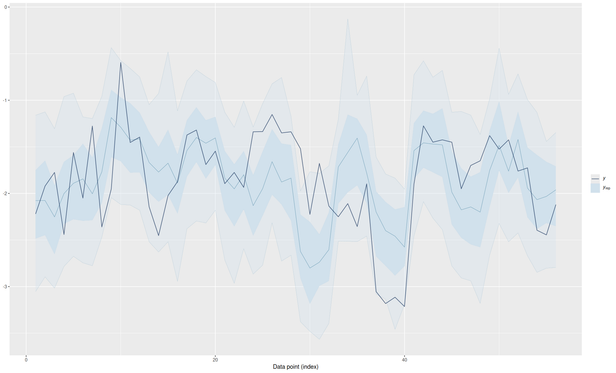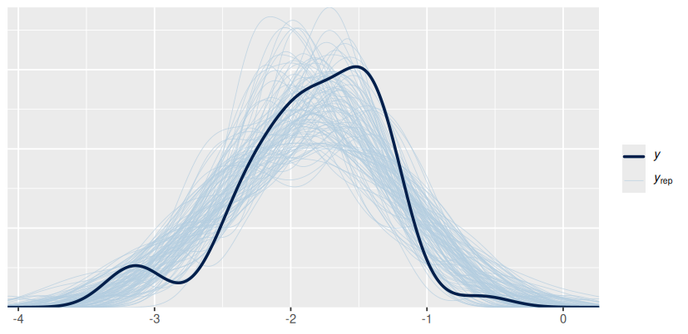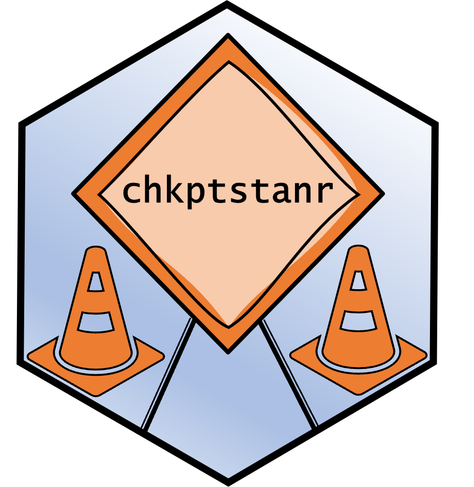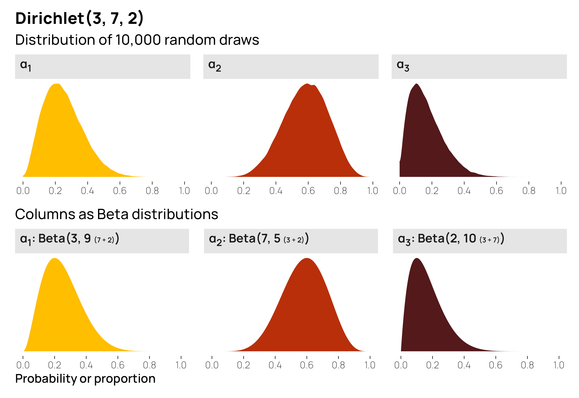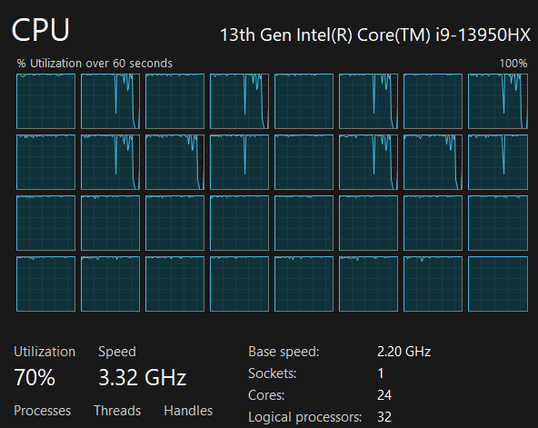Rekomendasi Trading bulan ini adalah BRMS & PSAB kembali mencuri momentum seiring harga emas.
Mulai dari info insider trading dan perspektif investor.
Apakah Sentimen komoditas menguat, peluang masih terbuka?
Tetap perhatikan volatilitas pasar di Bareksa.
#Bareksa #TradingSaham #BRMS #PSAB #HargaEmas #GoldUpdate #SahamTambang #MarketToday

